Cyber attacks March 2021
- Hackers obtain sensitive data on UK aid projects overseas
- University of the Highlands and Islands working to recover from cyber attack
- Pupils’ data destroyed after attack on Redborne Upper School and Community College
- Chinese hackers target Indian vaccine makers SII, Bharat Biotech
- City of Kingman, AZ, hit by cyber attack
- Italian manufacturer Caffitaly impacted by attack on a supplier
- Malaysia Airlines tells its frequent flyer members that their data may have been compromised
- Social network platform Gab hacked after rookie coding error
- Cyber attack affecting Hanover Area School District
- Security breach prompts lockdown of some Manitoba student databases
- PA-based Millersville University confirms external cyber attack
- Elite cyber crime forum “Maza” breached
- Texas-based ProPath notifies patients of employee email breach
- Elara Caring notifies patients after corporate email accounts hacked
- St. Agnes Medical Center patient data compromised in email breach at St. Alphonsus
- American Armed Forces Mutual Aid Association hacked
- Website of the attorney representing one of NY Gov. Andrew Cuomo’s accusers hacked
- Czech officials in Prague ‘hit by massive cyber attack’
- Brazil’s CPTrans website and the Educa em Casa platform hacked
- Houston-area school district investigates troubling messages sent during breach
- Hackers breach security cameras from start-up Verkada
- Two charged for copying and deleting data from an unnamed New York company
- PEI-Genesis says employee email account was compromised
- New Jersey employment portal hit by cyber criminals
- Treasure Valley residents receiving letters from Saint Alphonsus saying they are dead
- Unauthorised access occurred in Japanese retailer Urban Research
- Walmart discloses unauthorised access
- Norway’s parliament hit by new hack attack
- Fastway Couriers notifies Irish Data Protection Commission of a hack
- Overseas Service Corporation caught out by phishing scam
- The city administration of Ebeleben hit by cyber criminals
- Florida law firm Sachs Sax Caplan notifies individuals of email hack
- The Canada Revenue Agency locks accounts amid suspected phishing attack
- South African insurance firm PPS hit by cyber attack
- EDAG Engineering Group AG affected by cyber attack
- Michigan’s Troy School District website down after hacking from outside US
- The Coleman Group of Companies caught cyber criminals in the act
- Hackers broke into the system of three Prague polyclinics
- Nikkei’s Hong Kong affiliate hit by unauthorized access
- Eastern Health cyber ‘incident’ cancels some surgeries across Melbourne
- New Zealand’s Lumino dental firm suffers email hack
- Police are investigating a cyber attack on paint manufacturer Remmers
- Washington state’s Douglas County targeted in cyber attack
- Brazil’s Celg Geração e Transmissão suffers cyber attack
- Mendelson Kornblum Orthopedic and Spine Specialists notifies patients of breach
- Eyemart Express notifies patients of breach
- Maricopa County Community College District cancels classes after attack
- Kentucky Wesleyan College notice of data security incident
- Missouri’s Park Hill schools closed Monday due to malware attack
- MangaDex website taken offline following cyber attack
- DeCotiis, FitzPatrick, Cole & Giblin says employee email was hacked
- Texas’s Sewell Family of Companies discloses breach
- Czech Republic’s railway administration attacked by hackers
- Threat actors leak files with protected health information from U. Miami
- Heart of Texas Community Health Center notifies some patients of email-related breach
- Solairus Aviation notice regarding Avianis data security incident
- Polk County School District reveals third-party breach from 2019
- Haven Behavioral Hospital provides notice of data incident
- Mott Community College, Michigan, reports cyber attack
- Cyber security insurance firm CAN systems offline amid ongoing attack
- Dutch car company RDC.nl hit by cyber criminals
- Artificial snow manufacturer MND suffers malware attack
- Guns.com hacked, spilling gun owner info over the dark web
- Jefit data incident public announcement
- Lexington Medical Center discloses vendor’s patient records data breach
- Online food delivery chain Yemeksepeti hit by cyber attack
- Channel Nine cyber attack disrupts live broadcasts in Australia
- Singaporean retailer Vhive alerts consumers to cyber attack
Ransomware March 2021
- Fifteen schools in Nottinghamshire crippled by cyber attack
- South and City College Birmingham closed for a week after ransomware attack
- South Gloucestershire schools hit by ransomware attack
- MBA Group held to ransom by cyber attackers
- Dutch e-Ticketing platform Ticketcounter has suffered a security incident
- Lot-et-Garonne firefighters victims of a cyber attack
- Israeli car financing company KLS Capital hacked
- Tri County Sheriff Dispatch hit with ransomware attack
- Hackers hit Indians with ransomware supporting farmers
- Crypto firm Tether says it won’t pay $24 million ransom
- The Accellion breach also impacted Qualys; threat actors start dumping files
- Southern Illinois University School of Medicine impacted by Accellion breach
- Payroll giant PrismHR outage likely caused by ransomware attack
- Atlanta Allergy & Asthma hit by Nefilim threat actors
- Navajo Nation hospital targeted by large-scale ransomware hack
- AllyAlign notifies members and providers of ransomware attack
- Woodcreek Provider Services notifies patients of ransomware incident
- Spirit Airlines hit by Nefilim ransomware
- Arizona Complete Health notifies plan members of Accellion breach
- Sandhills Medical Foundation notifies patients of vendor breach
- Texas Medicaid subcontractor dumped after data breach in ransomware attack
- Japanese consulting firm hit with ransomware
- Arillium Community Health Plan in Oregon affected by Acceliion breach
- Nova Scotia health-care workers may have been compromised by Accellion breach
- French hospital Centre Hospitalier Général d’Oloron falls victim to ransomware
- Spain’s public employment system was attacked by ransomware
- Transport NSW documents posted on dark web after Accellion hack
- Flagstar Bank loses customers’ social security numbers after Accellion attack
- Outage at Molson Coors suggests ransomware attack
- City of Covington, Louisiana hit by ransomware
- Preferred Home Care of New York notifies those affected by ransomware attack
- Buffalo Public Schools hit by ransomware
- Total Life Healthcare data breached in ransomware attack
- Newberry County Memorial Hospital experienced ransomware attack
- The Metropolitan Area of Barcelona hit by ransomware
- Pimpri-Chinchwad Municipal Corporation Smart City suffers ransomware attack
- Tech manufacturer Acer hit by ransomware
- Stratus Technologies hit suffers ransomware attack
- Canada’s Sierra Wireless announces ransomware attack
- City of Frankfort, Kentucky, held to ransom
- Military supplier PDI Group hit by ransomware
- Alton, IL, hit by suspected ransomware attack
- Personal Touch Holding Corp. hit by ransomware attack at MSP
- Broward County Public Schools suffers ransomware attack
- Hackers demand ransom from Town of Didsbury in cyber attack
- Hackers hit Harris Foundation in latest ‘highly sophisticated’ cyber attack
- Gene therapy firm YposKesi targeted by ransomware
- Ransomware gang is threatening to release data stolen from shipping firm ECU Worldwide
Data breaches March 2021
- Solicitor caught dumping client files in the street
- Ministry of Defence secrets exposed by people sending files to personal email accounts
- Details of ‘vulnerable kids’ uploaded to Birmingham City Council website in ‘serious’ data breach
- Intelligence company Polecat left 30TB server exposed
- Health and Welfare Department of West Bengal leaks COVID-19 data
- Singapore Airlines customers leaked in SITA security breach
- Right-wing militants furious after data leak exposes their involvement in paramilitary group
- Data leak at Dutch foreign credential assessment service
- A bug in a popular iPhone app exposed thousands of call recordings
- Personal information Premier Diagnostics customers exposed on unsecured server
- Victoria privacy breach of vulnerable youth data
- SEO-Küche left employee and customer data exposed online
- Emails of Walworth Co. COVID vaccination registrants accidentally shared
- West Coast health board in privacy blunder involving medical information
- Line app allowed Chinese firm to access personal user data
- New Zealand IRD sent details of baby to complete stranger and paid her $240
- Apperta Foundation employee censured after disclosing vulnerability
- New Zealand’s Canterbury District Health Board apologizes for software privacy breach
Financial information
- Midlands News Association exposed journalists’ personal data
- Fatface says customers’ card details were hacked, asked them to keep it secret
- Hollywood’s elite private schools hacked
- Delco School District says hackers stole millions of dollars
- Security Industry Specialists notifies those affected by malware attack
- WeLeakInfo leaked customer payment info
- Florida’s Leon County Schools website hacked during spring break
Malicious insiders and miscellaneous incidents
- IT technician jailed after installing software onto work computers to spy on colleagues
- Petersburg Medical Center reports malicious insider use
- Snooping employee showed interest in pregnant women’s medical records
- UPMC St. Margaret patients’ info shared with unauthorized organisation
- Spectrum Health post sensitive info in background of social media posts
- Atascadero State Hospital discloses insider misuse
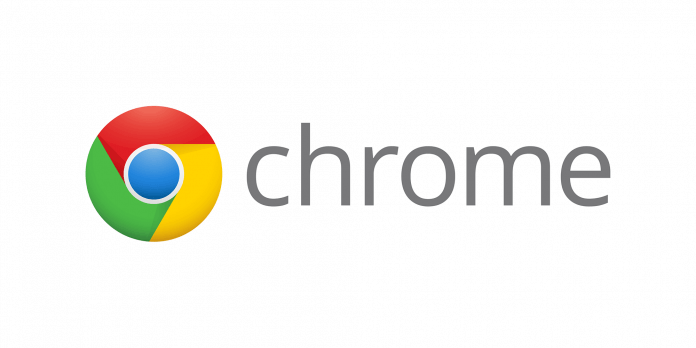 If your browser of choice is Google Chrome then sit back and enjoy the ride as we are going through some great productivity tips for it.
If your browser of choice is Google Chrome then sit back and enjoy the ride as we are going through some great productivity tips for it.
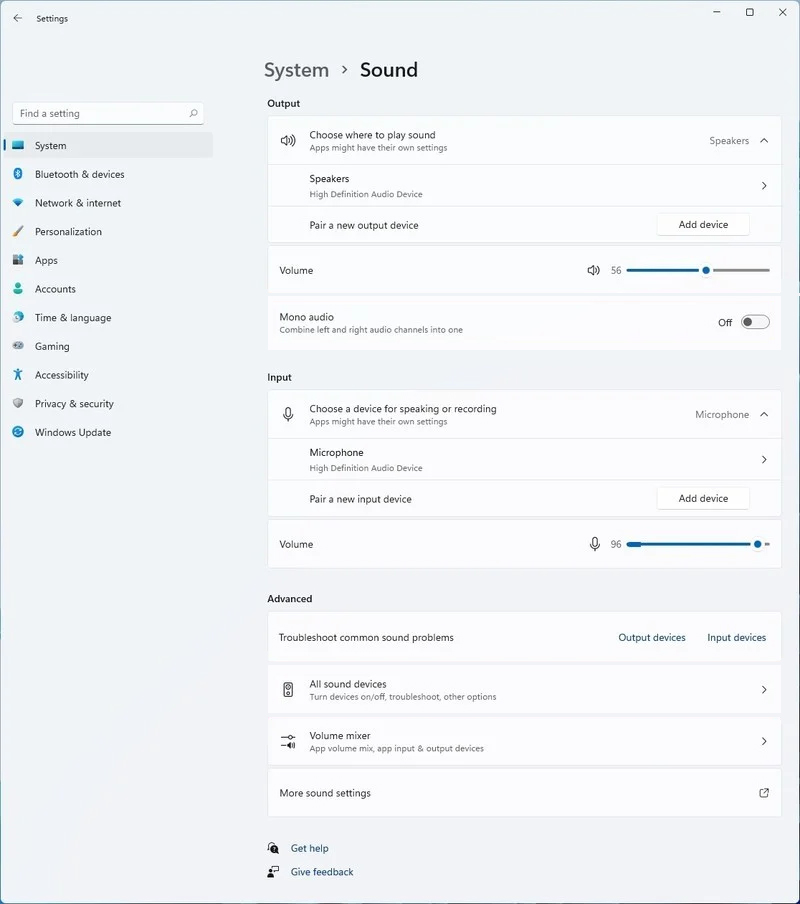 Windows 11 has brought some new features and changed some of the existing ones. One of these changes includes quick switching of audio devices which will play audio.
Audio switching can still be done under the taskbar, it is just a little different and one could say even hidden. Follow this quick guide and you will be switching from your headphones to speakers as an example in a matter of seconds.
Windows 11 has brought some new features and changed some of the existing ones. One of these changes includes quick switching of audio devices which will play audio.
Audio switching can still be done under the taskbar, it is just a little different and one could say even hidden. Follow this quick guide and you will be switching from your headphones to speakers as an example in a matter of seconds.
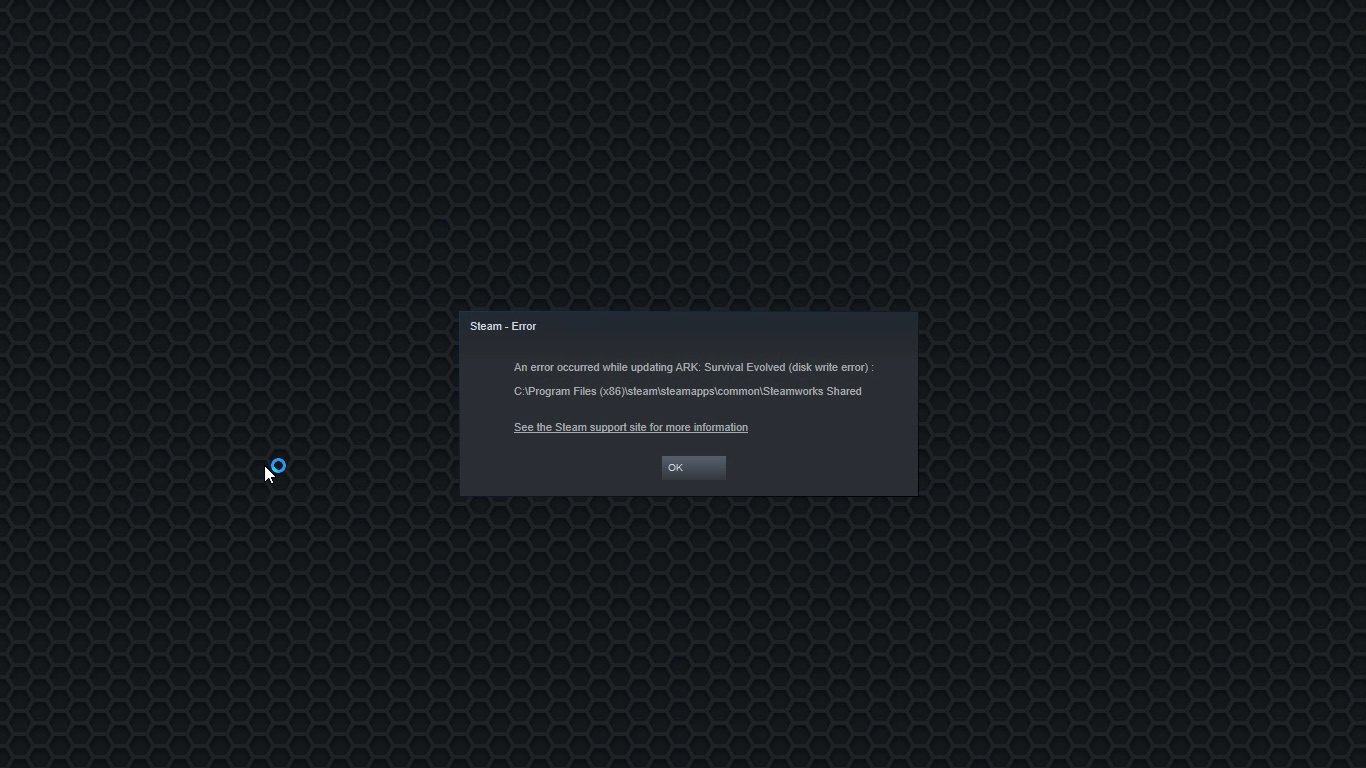

 Once run dialog is shown type in it control panel as shown in the picture and press OK
Once run dialog is shown type in it control panel as shown in the picture and press OK
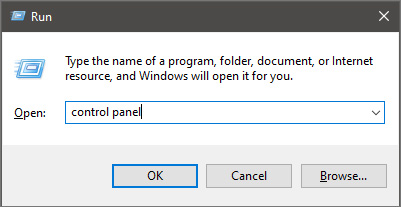 If you have followed the steps precisely, you should be now in the control panel of Windows 10. Click on the top-right view and choose large icons. The Control panel will switch to a grid-like view, in the current view go to the far-right and almost bottom icon where it says User Accounts and click on it.
If you have followed the steps precisely, you should be now in the control panel of Windows 10. Click on the top-right view and choose large icons. The Control panel will switch to a grid-like view, in the current view go to the far-right and almost bottom icon where it says User Accounts and click on it.
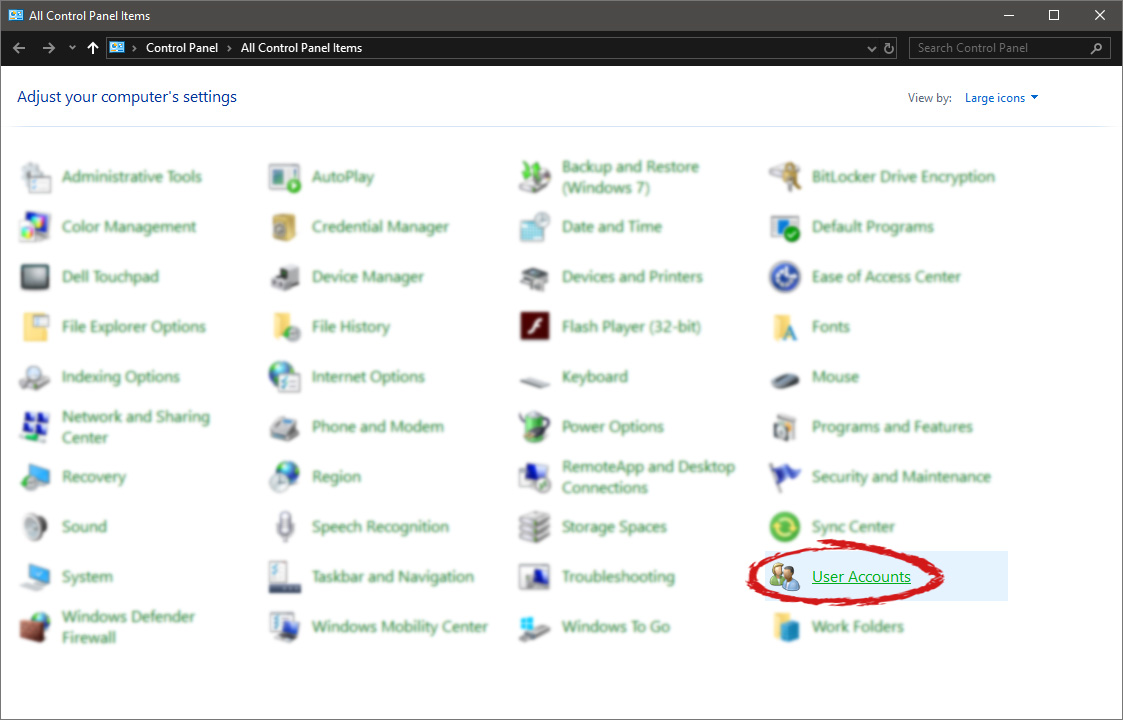 User account settings
User account settings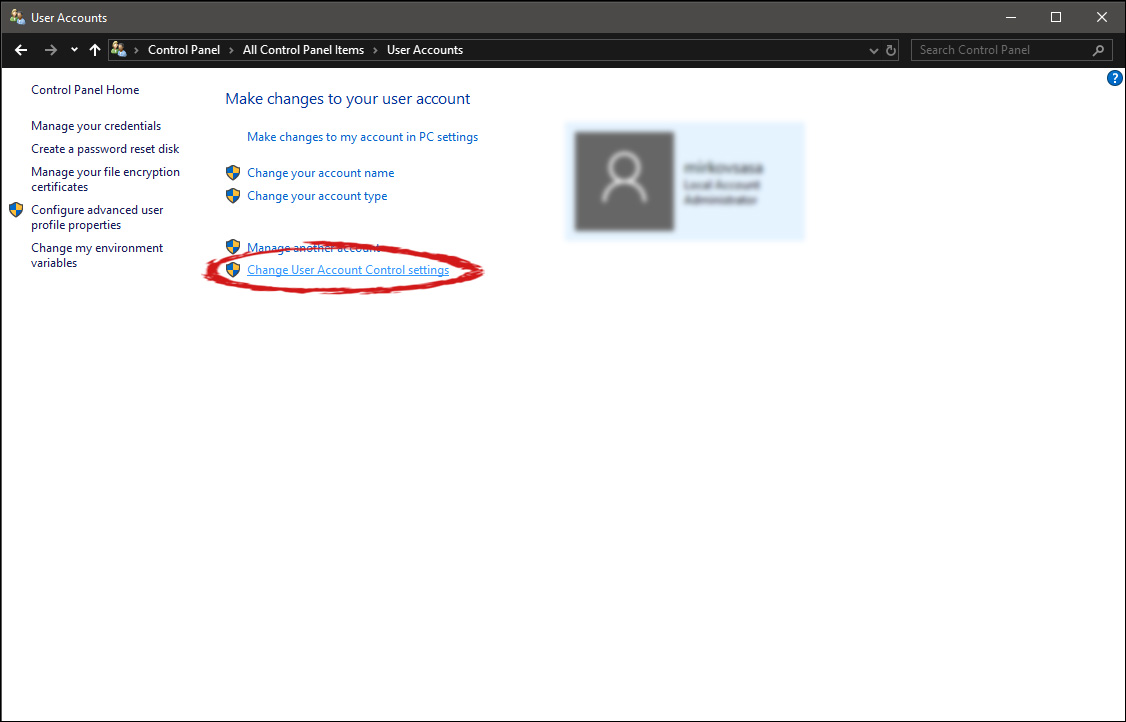 Once you click on the link you will be presented with a User account control slider on the left and a brief explanation on the right
Once you click on the link you will be presented with a User account control slider on the left and a brief explanation on the right
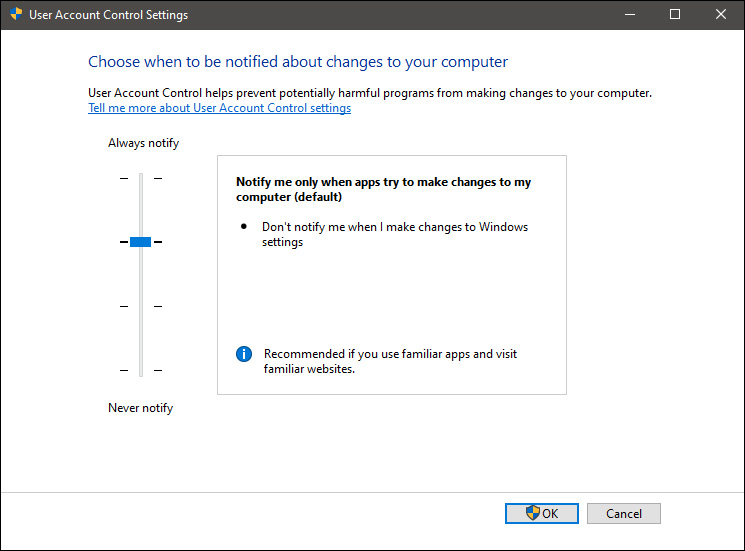 Here in the picture, we see Windows default setting and an explanation of when and how he will notify you. If you wish to turn all notifications linked to programs changing computer or you making windows changes, click on the left slider and bring it all the way to the bottom where it says never notify me. If you prefer some notifications try to find which of the remaining 3 settings best suit your needs. Once you are done and satisfied with your choice click on OK.
Here in the picture, we see Windows default setting and an explanation of when and how he will notify you. If you wish to turn all notifications linked to programs changing computer or you making windows changes, click on the left slider and bring it all the way to the bottom where it says never notify me. If you prefer some notifications try to find which of the remaining 3 settings best suit your needs. Once you are done and satisfied with your choice click on OK. 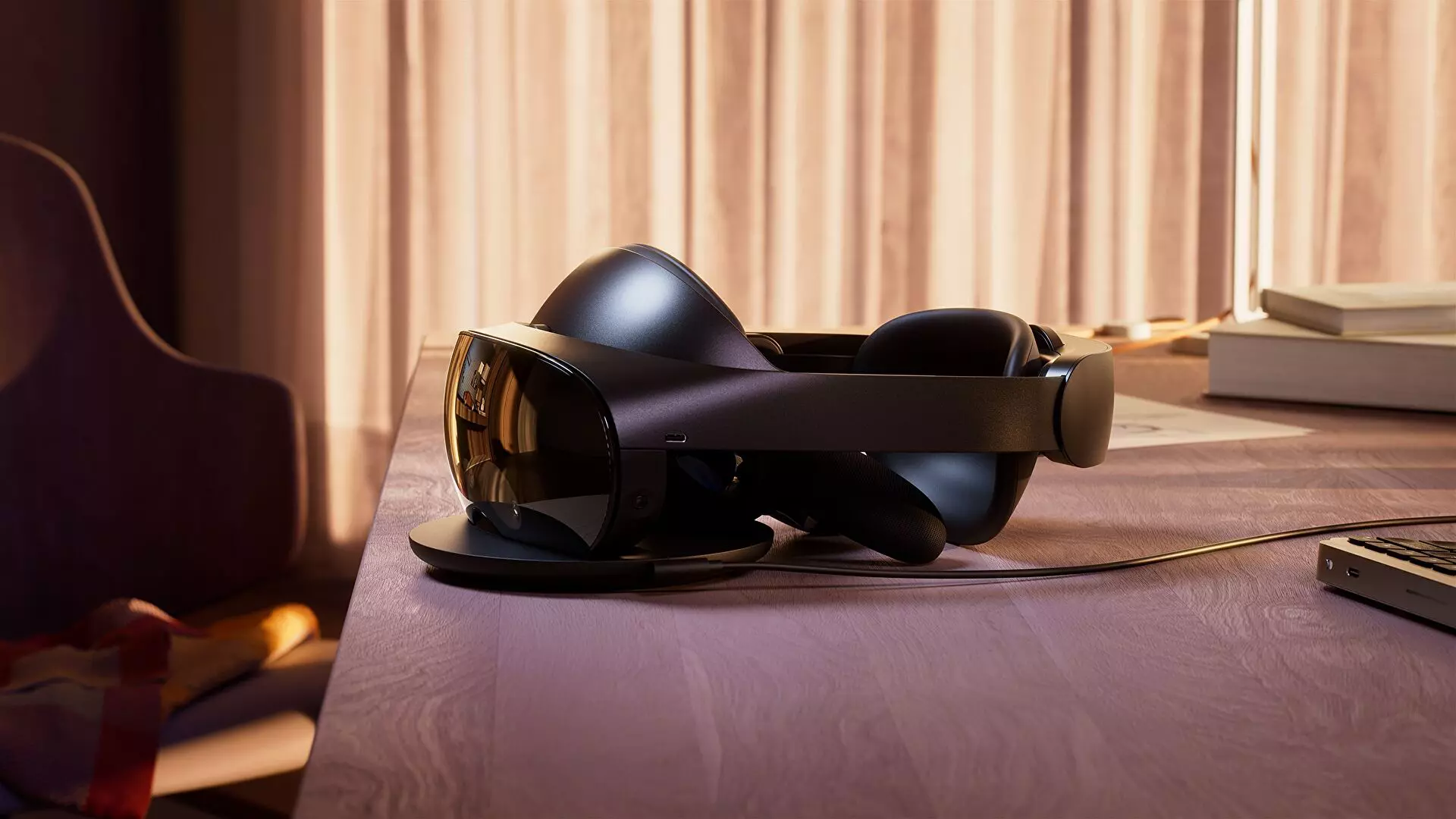
 If you are about to install Windows 10, then during the installation process, your computer boots into the Install and Configure Windows 10 screen with Cortana that assist you during the setup. Once you reach the last page which is “Choose privacy settings for your device”, you will see the Advertising ID of your computer. Under the Advertising ID, you have to disable or toggle off the “Apps can use advertising ID to provide more personalized advertising in accordance with the privacy policy of the app provider” option. After you disable it, click on the Accept button to proceed with the installation. After that, the copy of your Windows 10 you are using will have the Advertising ID disabled by default.
If you are about to install Windows 10, then during the installation process, your computer boots into the Install and Configure Windows 10 screen with Cortana that assist you during the setup. Once you reach the last page which is “Choose privacy settings for your device”, you will see the Advertising ID of your computer. Under the Advertising ID, you have to disable or toggle off the “Apps can use advertising ID to provide more personalized advertising in accordance with the privacy policy of the app provider” option. After you disable it, click on the Accept button to proceed with the installation. After that, the copy of your Windows 10 you are using will have the Advertising ID disabled by default.
